The benefits of compostable packaging
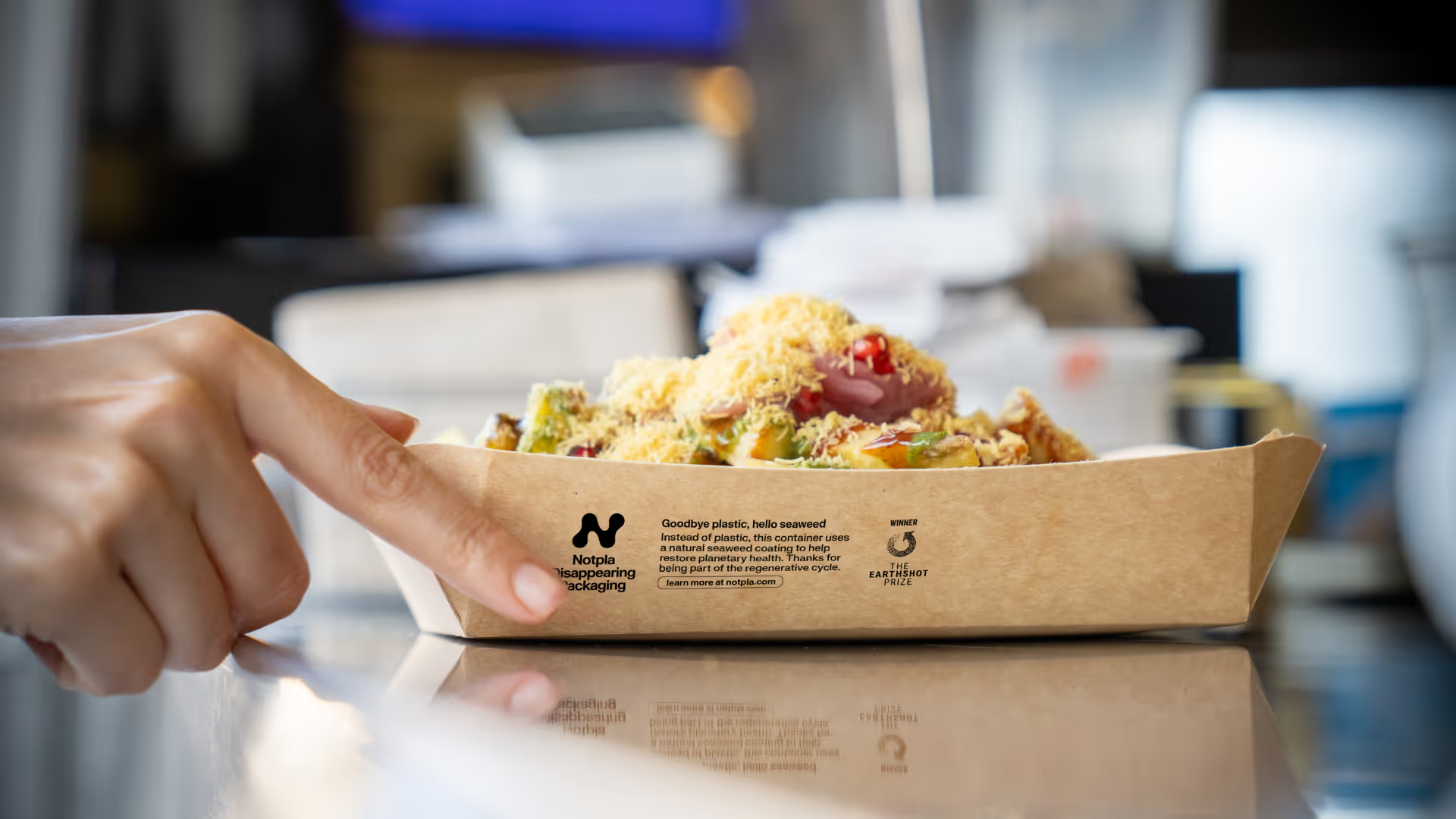
At Notpla, we believe packaging should leave a positive impact, not plastic waste. That’s why we create home compostable food packaging made from seaweed, designed to break down just like a fruit peel. This page explores what compostable packaging really means, how it’s different from biodegradable or recyclable alternatives, and why it’s a future-proof choice for foodservice businesses ready to cut waste and meet sustainability goals.
What is Compostable Packaging?
Compostable packaging is made to break down in composting conditions, transforming into natural materials like water, CO₂, and biomass. Unlike plastic, which can linger for centuries, compostable packaging disappears in a matter of weeks under the right conditions.

Compostable, home compostable, biodegradable and recyclable - what’s the difference?
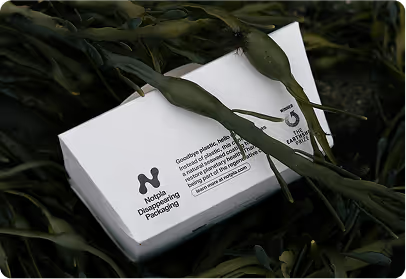
Compostable packaging

Home compostable packaging

Biodegradable packaging
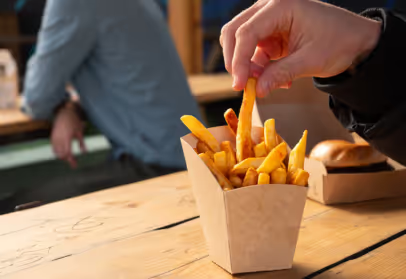
Recyclable packaging
What is compostable packaging made from?
Many brands use compostable materials like PLA (a plant-based bioplastic) or bagasse (a byproduct of sugarcane). But these often need industrial composting facilities and still leave behind microplastics or toxins. At Notpla, we take a different approach.





Why compostable packaging matters for the planet
Plastic pollution is one of the biggest environmental challenges of our time. We produce over 400 million tonnes of plastic each year, and much of it ends up in landfills or the ocean, where it harms wildlife and ecosystems. Switching to compostable food packaging helps reduce this burden by:
1. Diverting waste from landfill.
2. Cutting microplastic pollution.
3. Moving us away from fossil-based materials.
4. Empowering consumers who compost at home
The benefits of compostable packaging
Compostable packaging offers major benefits for people, the planet, and food businesses.
Regenerative by design
Notpla packaging is made from natural materials that replenish ecosystems rather than deplete them.
Safe for nature and humans
Free from microplastics, PFAs, and harmful residues.
Truly home compostable
Breaks down in weeks - even in your garden compost bin.
Ideal for the real-world
No confusion, no special infrastructure, and no compromise on performance.
How compostable food packaging is used in the real world
Notpla’s compostable food containers and boxes are already used in fast food outlets, catering services, and grab-and-go venues across the UK and Europe.
In stadiums and venues
In corporate offices
In fast food and self-service cafés
In cafés and local food spots
.webp)







Why choose Notpla’s compostable packaging?
We’ve spent years developing home compostable packaging made from seaweed, a truly sustainable solution that’s already trusted by venues, events, and food brands across the UK and Europe. Whether you’re serving sandwiches, hot meals or grab-and-go dishes, our home compostable packaging range helps you meet sustainability legislation, cut waste management costs, and reduce your carbon footprint. Recognised by the Earthshot Prize, Notpla is the only manufacturer offering a plastic-free, PFAs-free, compostable packaging solution at scale - built to perform and designed to disappear.
Ready to leave plastic behind for good?

Recognised in the industry and beyond



.png)
Wherever it ends up, we’ve thought of that

Recycle with paper
The natural coating doesn’t prohibit it from paper recycling streams

Home-compostable in weeks
Safely break down in weeks in a home-compost environment

General-waste guilt-free
Carefully designed to degrade naturally and leave no trace
Disappears, just like that

Notpla packaging regenerates into fertile soil, decomposing naturally in home composts, becoming food for worms, fungi, and microbes. Watch as all the PLA (a bioplstic) coated board fails to disappear, leaving behind the plastic coating laminated onto the cardboard surface which will go on to be broken down into microplastics.
Specifications
FAQs
It's only natural that you'd have questions.
Anything you're still keen to find out? Drop us a message →
No. Compostable packaging should be composted, not recycled - it’s designed to break down, not be reprocessed.
Yes, Notpla’s home compostable packaging can go in food waste or general waste. It breaks down naturally in both.
Just pop it in your home compost bin, food waste collection, or general waste. No industrial facility needed.
Biodegradable is less defined and slower to break down. Compostable packaging breaks down in specific conditions, often much faster and home compostable products like Notpla’s go even further.
We use seaweed and plants, natural, renewable resources, to create durable, food-safe formats that disappear naturally.



.jpg)



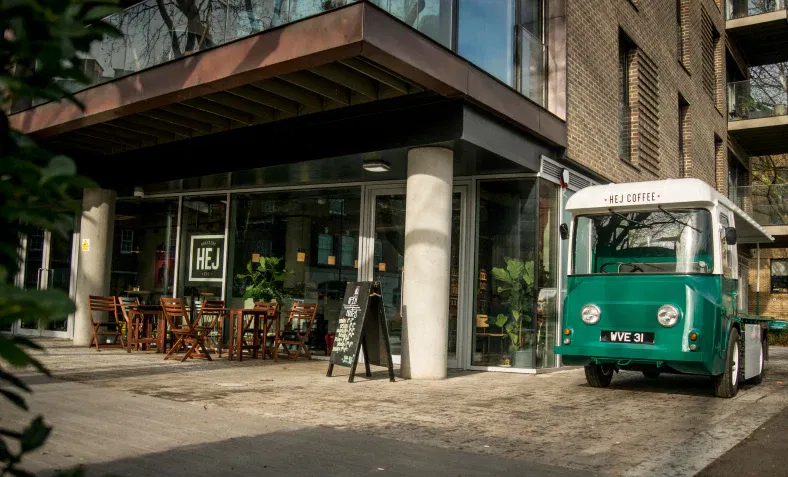
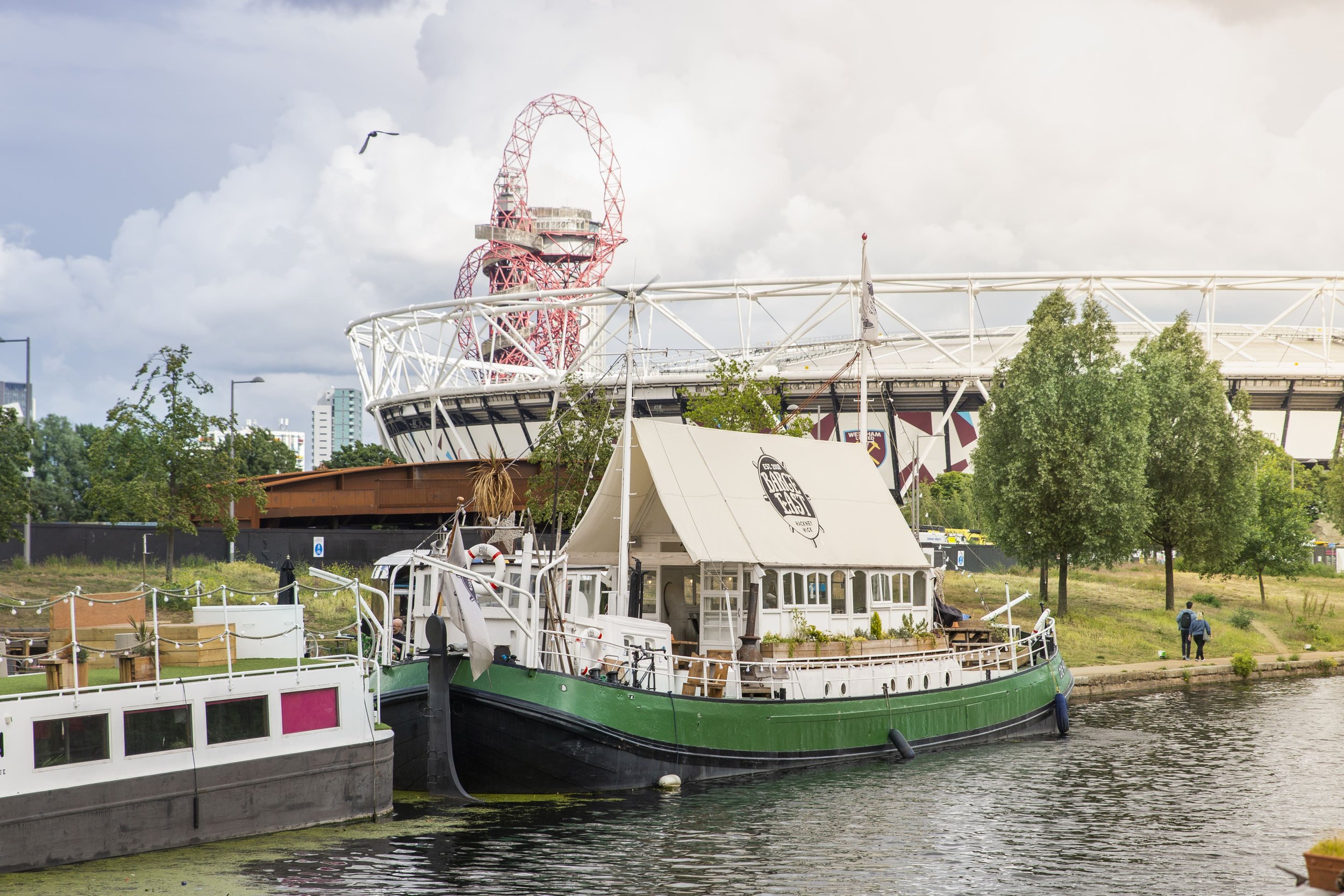
.jpg)
